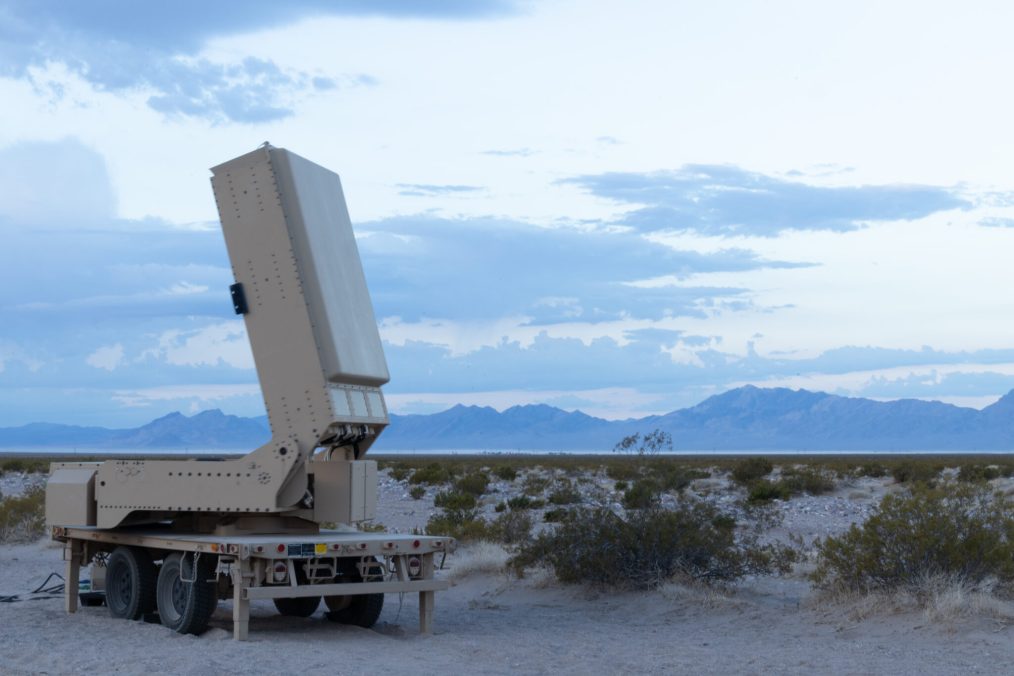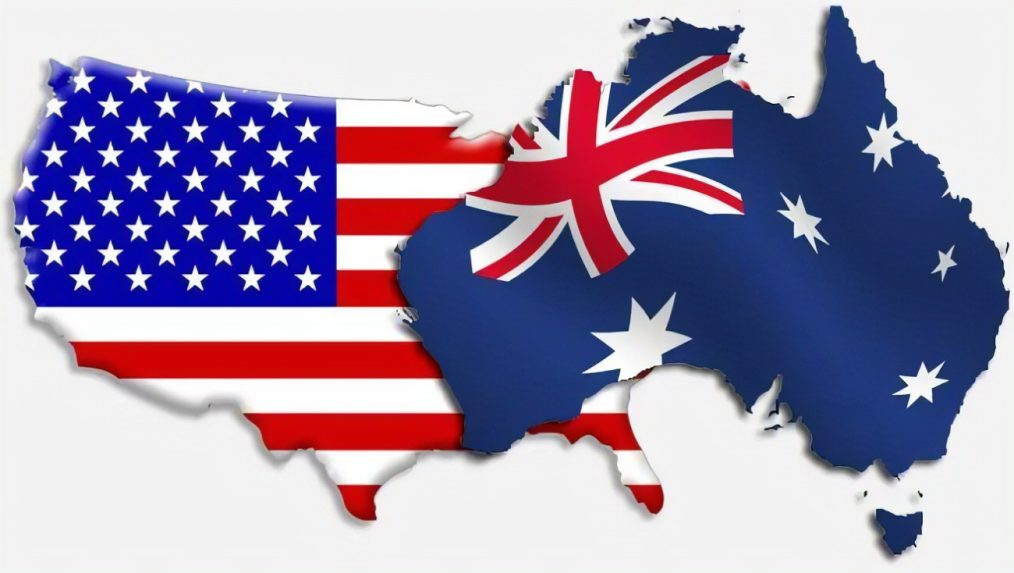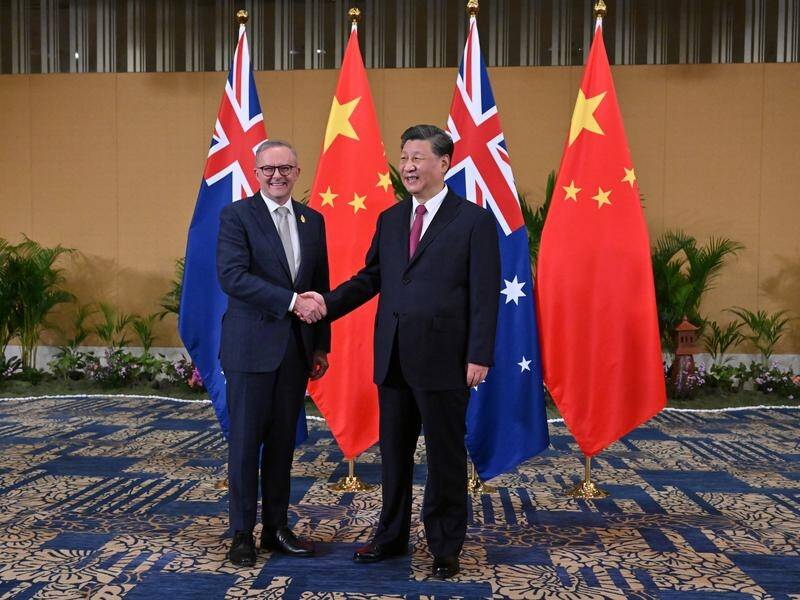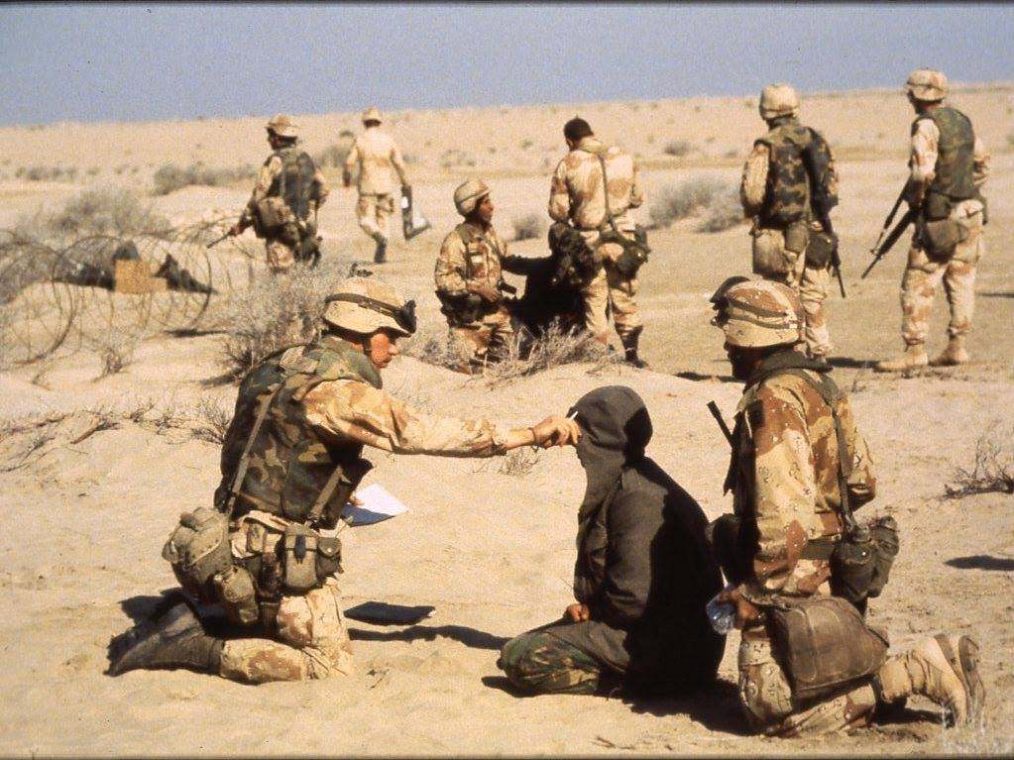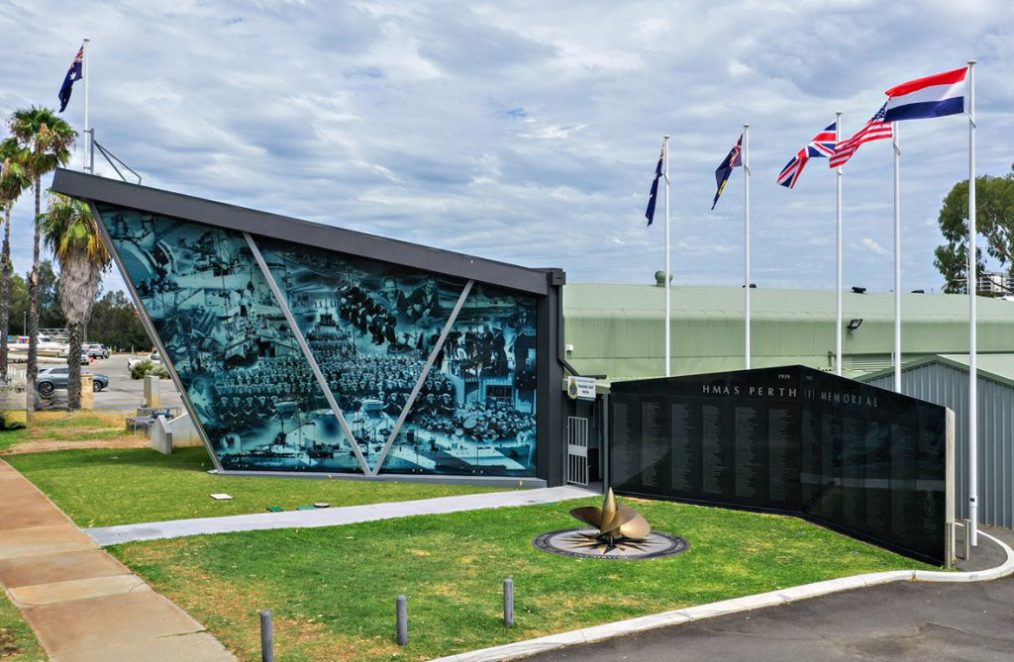eWise Blog
The debate over Australia’s energy future has reached a critical juncture, with the federal Coalition advocating for a nuclear-powered grid while Climate Change Authority (CCA) chair Matt Kean attempts to discredit this vision. However, Kean’s claims about emissions and delays are fundamentally flawed, and his opposition to nuclear power ignores the essential need for stable, high-capacity baseload power.
The Case for Nuclear Power
Australia is facing an energy crisis. Intermittent renewables like wind and solar have failed to provide consistent, reliable electricity, leading to increased dependence on backup coal and gas generation. Nuclear power presents a viable, long-term solution that offers stable, zero-emission energy capable of supporting industrial and residential needs without the volatility of renewables.
Contrary to Kean’s assertions, modern nuclear technology, including Small Modular Reactors (SMRs), is rapidly advancing worldwide. Countries such as the United States, Canada, and the United Kingdom are actively developing and deploying SMRs, recognizing their potential to provide reliable, sustainable, and cost-effective power. Australia must not fall behind.
The Necessity of Baseload Power
Renewable energy sources, while beneficial in reducing emissions, cannot provide the baseload power required to sustain a growing economy. Coal and gas-fired power stations have played a crucial role in maintaining grid stability, and they must continue to do so until nuclear infrastructure is firmly established. The notion that Australia can rely solely on wind and solar without nuclear or fossil fuel backup is a dangerous fantasy that risks blackouts and economic disruption.
The Coalition’s approach—ensuring the gradual transition to nuclear while maintaining existing coal and gas infrastructure—is the only pragmatic way forward. Phasing out fossil fuels prematurely, as Kean suggests, will only lead to higher energy costs, grid instability, and a loss of industry and jobs.
Disputing Kean’s Emissions Claims
Kean and the CCA claim that delaying coal closures and burning more gas will increase emissions by up to two billion tonnes. This argument is misleading because it ignores the long-term benefits of nuclear power. The transition to nuclear requires time for infrastructure development, and maintaining coal and gas in the interim is a necessary step to avoid energy shortages. Once nuclear power is operational, emissions will drastically decline, making it a net-positive solution for both the economy and the environment.
Furthermore, Kean’s fearmongering about the Coalition’s stance on renewables is unfounded. The reality is that renewables alone cannot support Australia’s energy demands without massive and costly grid upgrades, battery storage investments, and inefficient reliance on imports during energy shortages. A mix of nuclear, gas, and renewables ensures a balanced, affordable, and secure energy future.
The Cost of Delay and Misinformation
Kean’s alignment with Labor’s radical renewables agenda threatens Australia’s economic and energy security. By dismissing nuclear power, he is advocating for an energy model that has already led to skyrocketing electricity prices and declining grid reliability in nations that have overly relied on renewables.
The Coalition’s nuclear plan is not about ideology; it is about securing Australia’s future with a proven, scalable, and environmentally responsible energy solution. It is time to push back against the misinformation campaign led by Kean and the CCA and support the only viable path forward: a nuclear-powered Australia that ensures energy stability, economic growth, and environmental responsibility.


